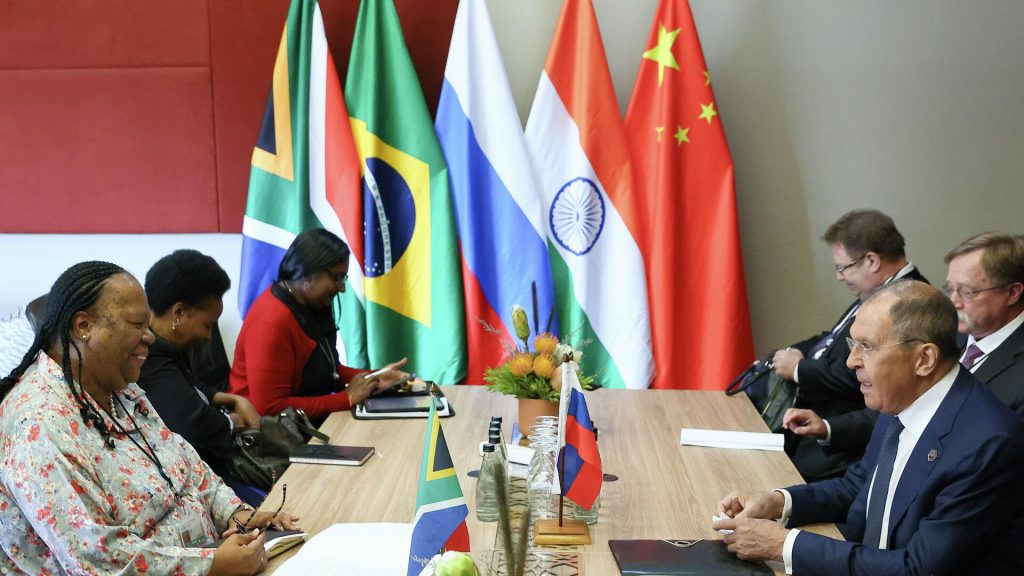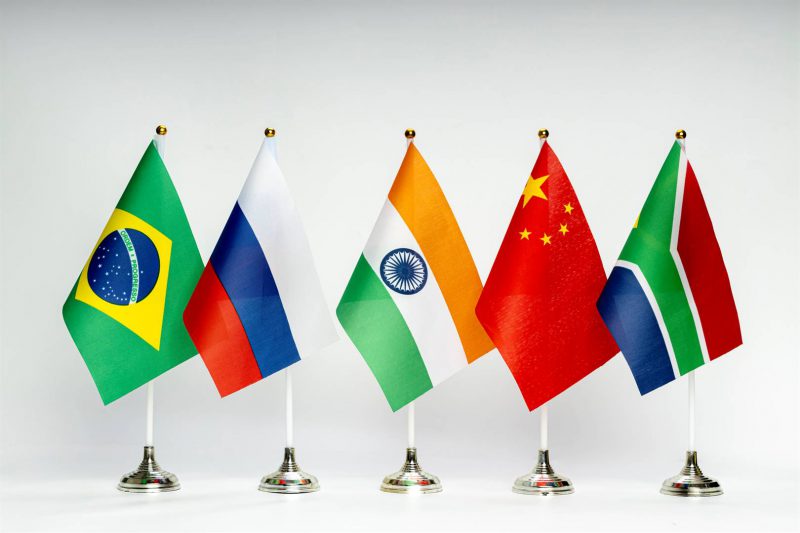Amid the growing size and prominence of the economic alliance, the BRICS gross domestic product (GDP) now accounts for over 36% of the world’s GDP. The world has undergone a massive economic shift in the last several years. Indeed, it has seen the US dollar struggle at points, with a host of Central Banks opting to increase gold holdings in an effort for diversification. Moreover, among that shift, the BRICS economic alliance has seen its GDP grow tremendously over the past few years.
A major contributor to this feat is the BRICS bloc’s recent expansion. The bloc inducted several new members at the start of 2024, including economic powers Saudi Arabia and the UAE. The latest projections have seen the alliance’s economic status extend exponentially by 2028. Additionally, many forecast that founding member China’s overall GDP will surpass that of the United States by the start of the 2030s. Its place at the head of the BRICS economic ranks should catapult the entire alliance forward towards a 40% share of the global GDP.
BRICS GDP Continues To Soar as More Countries Show Interest In Joining


Maksim Reshetnikov, the Minister of Economic Development of the Russian Federation, discussed the achievement at the Russian 2024 BRICS Chairmanship. “According to the results of last year, taking into account the new members of the union, BRICS accounts for more than 36% of world GDP, 22 percent of world trade, and almost half of the world’s population–3.5 billion out of 8 billion people,” he said.
Also Read: El Salvador to Use Crypto for Trade with BRICS, Ditching the US Dollar?
While the US still leads the world in GDP ranking, BRICS features two of the top five GDP countries in the world: China and India. Russia joins the two BRICS members in the top ten as well. Moreover, these changes should continue to greatly impact the overall economic developments of both groupings; the G7 and BRICS. For the latter, its currently developing native currency should increase overall adoption. Yet, the United States could see its dollar in trouble on a global scale.
Come 2030, the global GDP rankings will be interesting to observe especially if the BRICS bloc continues to induct new members.





